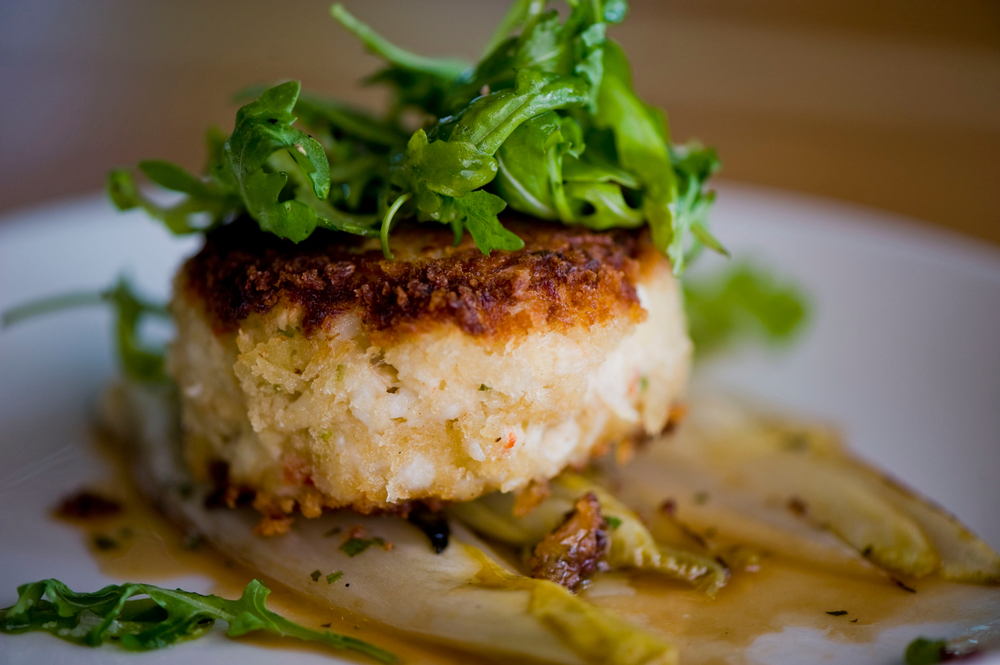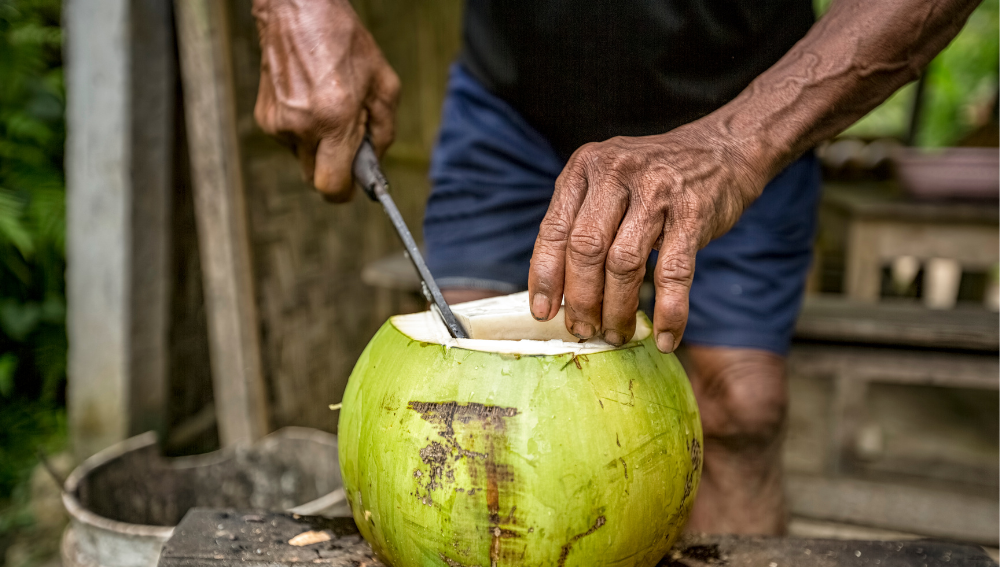I have often wondered what fondant tastes like, and I am sure many others have too. Fondant is a popular ingredient in cake decorating, and it has a unique texture and appearance that makes it stand out from other cake toppings. But what does it taste like?
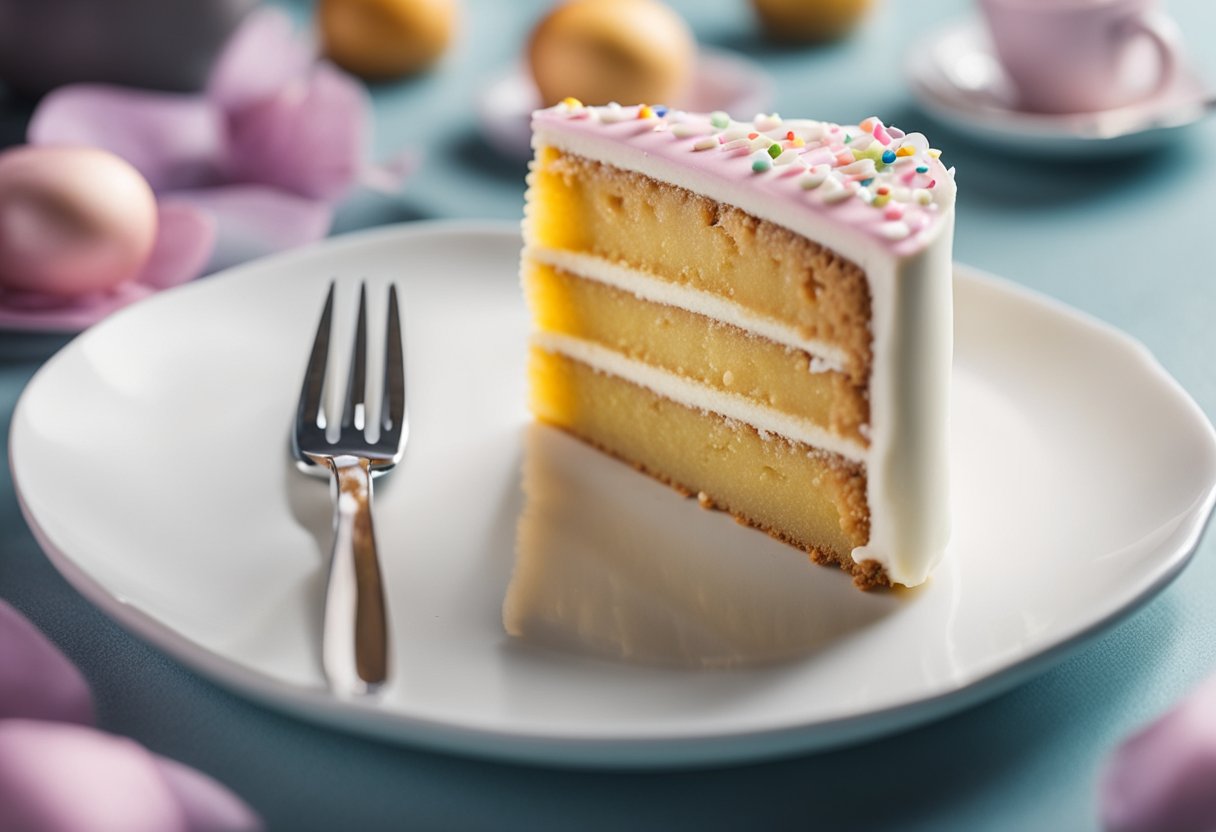
Understanding fondant is the first step in answering this question. Fondant is a type of icing made from sugar, water, and corn syrup.
It is used to cover cakes and create decorative elements such as flowers, ribbons, and bows. Fondant comes in different colors and can be flavored with various extracts, such as vanilla, almond, or lemon.
Key Takeaways:
- Fondant is a type of icing made from sugar, water, and corn syrup that is used to cover cakes and create decorative elements.
- Fondant has a sweet taste similar to marshmallows and can be flavored with various extracts.
- Fondant has a unique texture and appearance that makes it stand out from other cake toppings.
Understanding Fondant
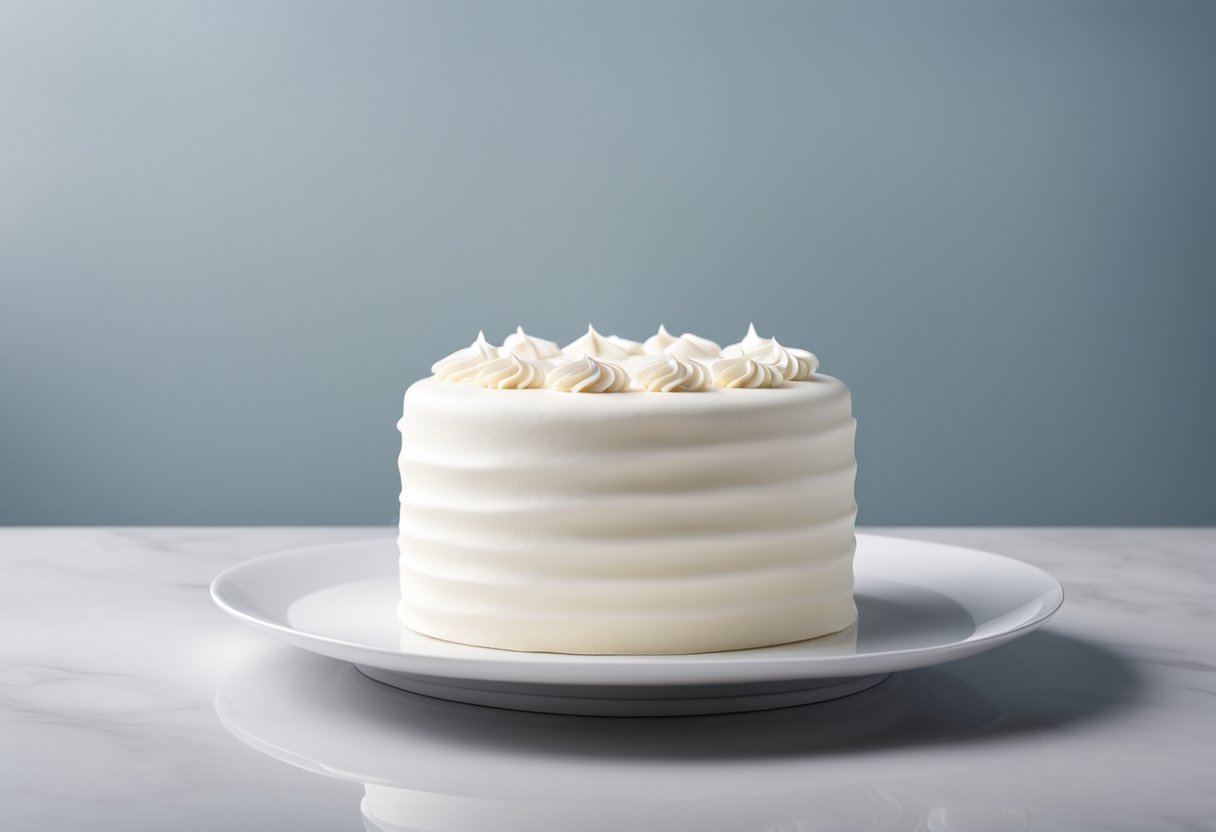
As a cake decorator, I have worked with fondant for many years. Fondant is a popular ingredient used in cake decorating. In this section, I will explain the basics of fondant and how it compares to buttercream.
The Basics of Fondant
Fondant is a sugar-based dough-like mixture that is used to cover and decorate cakes, cupcakes, and other pastries. It has a smooth texture and can be rolled out thinly to create intricate designs. Fondant can be made at home or purchased pre-made from a store.
There are two types of fondant: rolled fondant and poured fondant. Rolled fondant is the most commonly used type of fondant. It has a clay-like texture that is stiffer than traditional icings. Rolled fondant is usually rolled out and draped over the cake, creating a smooth, polished finish.
Poured fondant, on the other hand, is a liquid fondant that is poured over a cake to create a smooth, shiny finish. Poured fondant is often used to cover petits fours, donuts, and other small pastries.
Fondant vs Buttercream
Fondant and buttercream are two popular types of cake icing. While both are used to decorate cakes, they have some key differences.
Buttercream is a creamy mixture made from butter, powdered sugar, and milk or cream. It has a soft, fluffy texture and is often used to frost cakes. Buttercream is easy to work with and can be used to create a variety of different designs.
Fondant, on the other hand, has a firmer texture and is often used to create more intricate designs. While fondant can be used to cover an entire cake, it is more commonly used to create decorations and accents.
In terms of taste, buttercream is often preferred because it has a rich, creamy flavor. Fondant, on the other hand, is known for its sweetness and unique texture.
In conclusion, fondant is a versatile and popular ingredient used in cake decorating. While it may not be everyone’s favorite, it is a great option for creating intricate designs and adding a polished finish to cakes.
When it comes to choosing between fondant and buttercream, it really depends on personal preference and the specific needs of the cake design.
The Taste Profile of Fondant
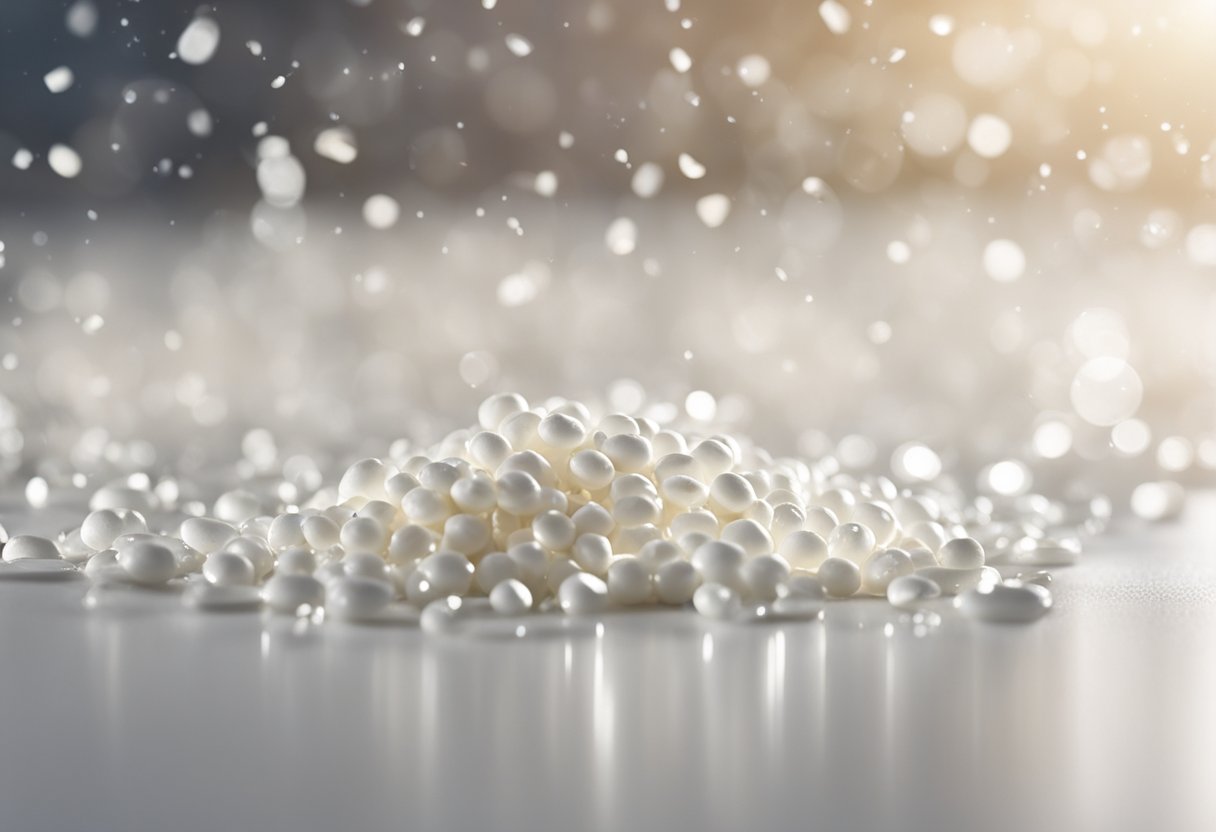
As a professional baker, I often get asked about the taste of fondant. Fondant is a sugar-based dough-like mixture that is commonly used to cover and decorate cakes, cupcakes, and other pastries.
Fondant has a unique texture that can be rolled out, molded, and shaped into any design. However, it is well known for its sweet taste and can be flavored with different extracts or oils to enhance the flavor.
Main Ingredients and Their Impact on Taste
Fondant is made up of a few key ingredients that impact its taste. The main ingredient in fondant is sugar, which gives it its sweetness.
Fondant also contains corn syrup, which enhances the sweetness level and helps to keep the fondant chewy. Gelatin is another important ingredient that gives fondant its chewy texture.
The flavor of fondant can be enhanced by adding different extracts or oils. For example, vanilla extract is a popular flavoring for fondant and adds a subtle vanilla flavor to the fondant. Chocolate is another popular flavoring that can be added to fondant to give it a rich and flavorful taste.
Common Flavor Variations
Fondant can be flavored in many different ways to suit individual tastes. Some popular flavor variations include:
- Vanilla: Vanilla is a classic flavor that is commonly used in fondant. It adds a subtle vanilla flavor to the fondant and pairs well with many different types of cake.
- Chocolate: Chocolate is another popular flavoring for fondant. It gives the fondant a rich and flavorful taste that pairs well with chocolate cake.
- Coffee: For those who love coffee, adding coffee extract to fondant can give it a delicious coffee flavor.
- Fruit: Adding fruit extracts or oils to fondant can give it a fruity taste. Some popular fruit flavors include strawberry, raspberry, and lemon.
Overall, the taste of fondant can vary depending on the flavorings added and the sweetness level desired. While some people love the taste of fondant, others find it too sweet or dislike its chewy texture.
However, fondant remains a popular choice for cake decorators due to its versatility and ability to be molded into any design.
Texture and Consistency of Fondant
How Fondant Feels in the Mouth
Fondant has a unique texture and consistency that can be difficult to describe. It is a dough-like mixture made from sugar, water, corn syrup, and gelatin that can be rolled out and used to cover cakes, cupcakes, and other pastries.
When eaten, fondant has a soft and pliable texture that is moist and slightly chewy. Some people describe the texture as similar to that of a marshmallow or a piece of gum.
The texture of fondant can vary depending on how it is prepared and how it is stored. If fondant is not stored in an airtight container, it can become dry and hard, making it difficult to work with.
To prevent this, fondant should be wrapped tightly in plastic wrap and stored in an airtight container until ready to use.
Working with Fondant: A Baker’s Perspective
As a baker, I have worked with fondant on many occasions. One of the most important things to keep in mind when working with fondant is its malleability. Fondant can be kneaded and sculpted into a variety of shapes and designs, making it a popular choice for cake decorators.
To achieve a smooth finish, it is important to roll out the fondant to the correct thickness. If the fondant is too thick, it can be difficult to work with and may crack or tear. If the fondant is too thin, it may not provide enough coverage and may tear or break when being transferred to the cake.
To make working with fondant easier, many bakers use a combination of shortening and cornstarch to prevent sticking. This mixture can be applied to the surface where the fondant will be rolled out, as well as to the rolling pin itself.
In conclusion, fondant has a unique texture and consistency that can be difficult to describe. It is a dough-like mixture made from sugar, water, corn syrup, and gelatin that can be rolled out and used to cover cakes, cupcakes, and other pastries.
When eaten, fondant has a soft and pliable texture that is moist and slightly chewy.
To work with fondant, it is important to keep it stored in an airtight container and to use a combination of shortening and cornstarch to prevent sticking. With these tips in mind, you can create beautiful and delicious cakes using fondant.
Decorative Uses of Fondant
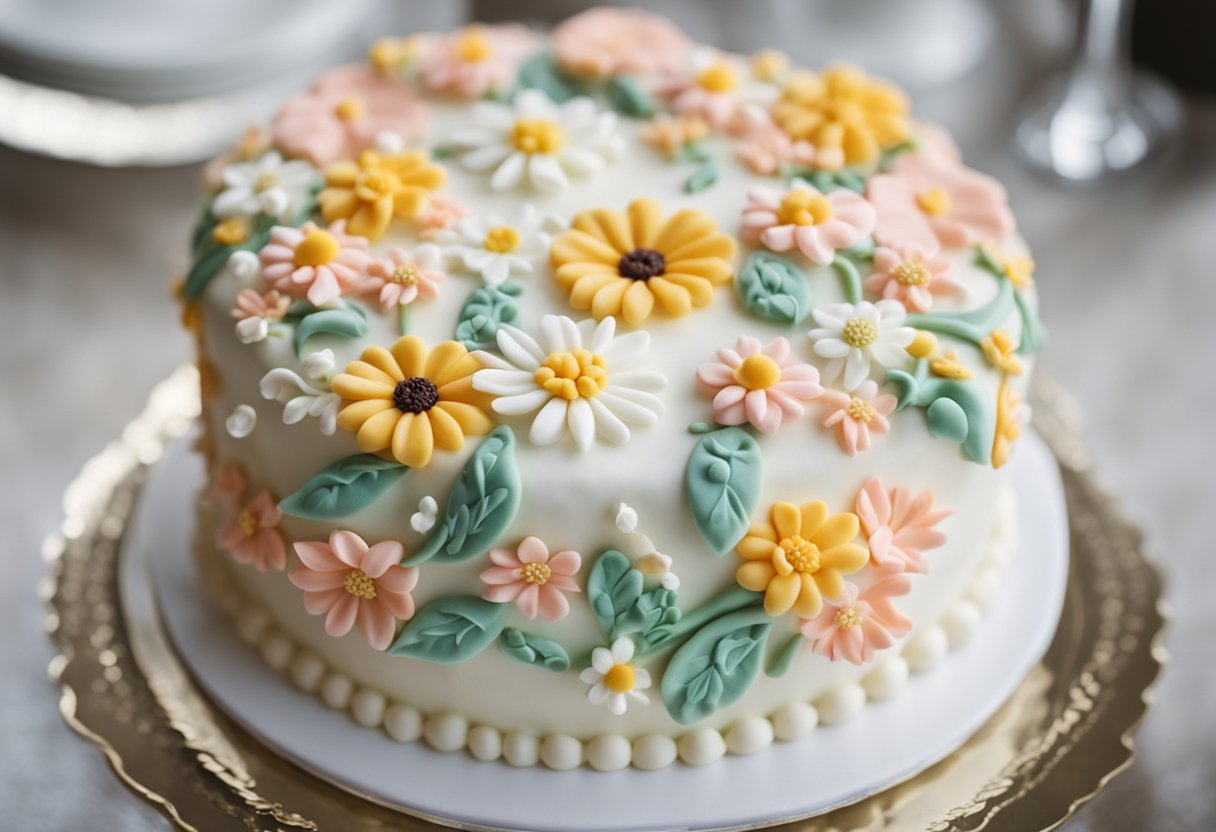
Fondant is a versatile ingredient that can be used to create a variety of decorative designs for cakes, cupcakes, and other baked goods. In this section, I will discuss two sub-sections: “Creating Designs with Fondant” and “Coloring and Shaping Fondant.”
Creating Designs with Fondant
Fondant is a popular choice for creating intricate designs on cakes and cupcakes. It can be rolled out and used to cover an entire cake or cut into shapes to create unique decorations. Some popular design techniques include creating ruffles, blossoms, and lace textures.
One of the benefits of using fondant for decorating cakes is its versatility. It can be colored to match any color scheme or theme and can be shaped into any design. Fondant decorations can be made ahead of time and stored for later use, making it a convenient option for bakers.
When decorating with fondant, it is important to keep in mind the texture of the cake. Ganache is a popular choice for creating a smooth base for fondant decorations. It is also important to use the right techniques when applying fondant to the cake to ensure a smooth finish.
Coloring and Shaping Fondant
Fondant can be colored and shaped to create unique decorations for cakes and cupcakes. Homemade fondant can be easily colored with food coloring and shaped into any design. Sugar paste is another option for creating edible decorations.
When coloring fondant, it is important to use gel food coloring instead of liquid food coloring. Gel food coloring does not thin out the fondant and allows for more precise color mixing. Fondant can also be shaped into various designs using cutters, molds, and other tools.
In conclusion, fondant is a versatile ingredient that can be used to create unique and intricate designs for cakes and cupcakes. With the right techniques, bakers can create beautiful and edible decorations that are sure to impress.
Health and Nutritional Aspects of Fondant
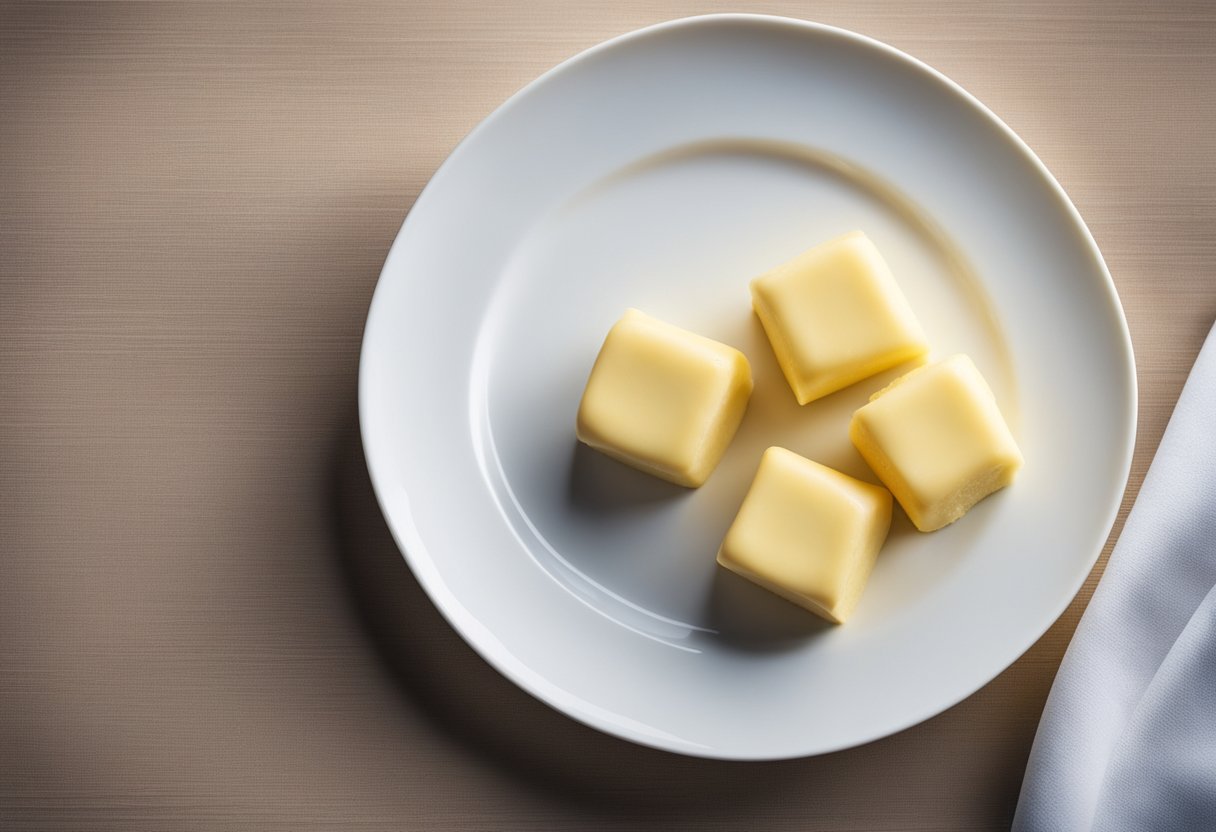
As a professional cake decorator, I have worked with fondant extensively. Fondant is a sugar-based icing that is used to decorate cakes and pastries. It has a marshmallow-like consistency and is available in a variety of colors. Fondant is edible, but it is primarily used for decoration purposes.
From a nutritional standpoint, fondant is not a healthy food. It is high in sugar and calories and has no nutritional value. According to Nutritionix, fondant contains carbohydrates and calcium but has no cholesterol and is fat-free and sodium-free.
However, the high sugar content of fondant can be problematic for people with diabetes or those who are trying to watch their sugar intake.
It is important to note that fondant is not meant to be eaten in large quantities. A small amount of fondant can add a decorative touch to a cake or pastry, but consuming too much can be overwhelming due to its sweetness.
A nibble or two of fondant can perfectly complement a bite of delicious cake, but it can soon become over-sweet and destroy the flavor altogether.
Overall, while fondant may not be the healthiest food, it is a popular choice for professional cake decorators due to its versatility and aesthetic appeal. As with any food, moderation is key.
Buying and Storing Fondant
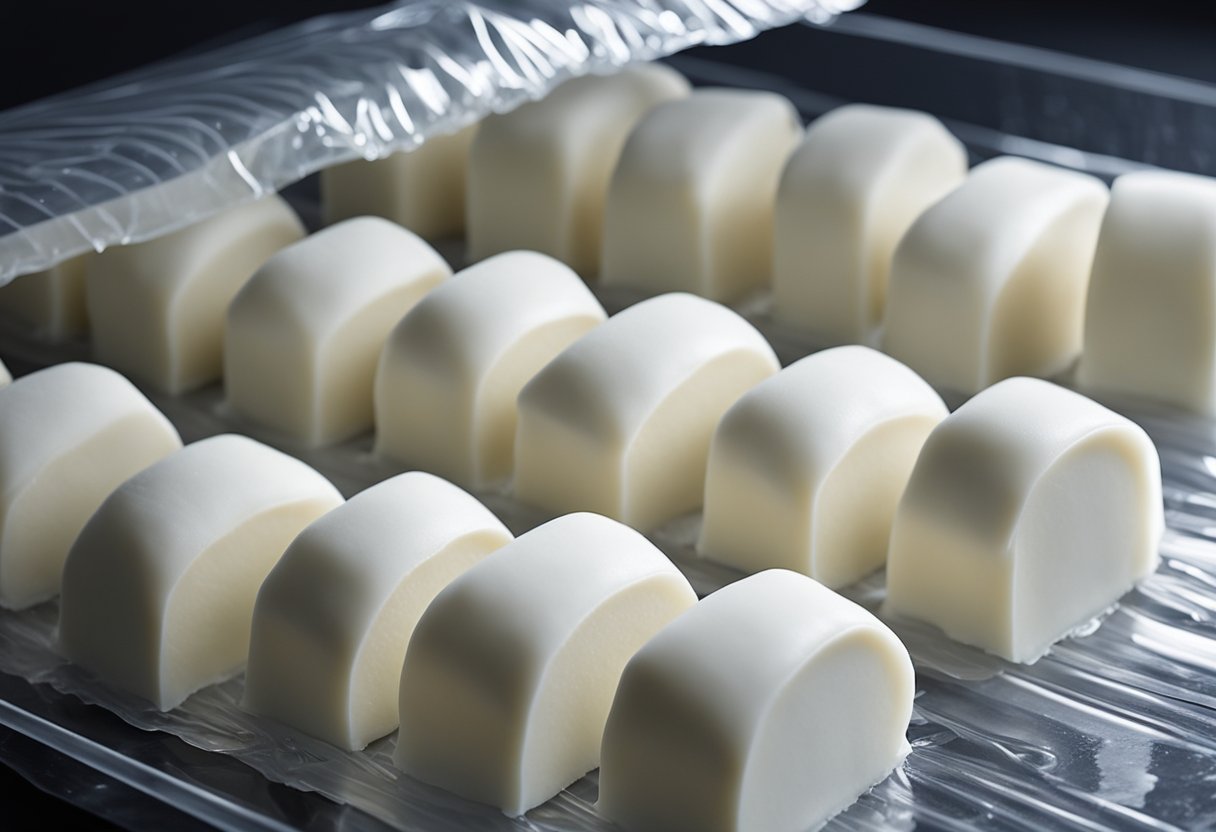
As a cake decorator, I often use fondant to create elegant and beautiful designs on my desserts. Fondant is an edible icing that can be used to coat cakes, cupcakes, and other desserts.
It is made from a mixture of powdered sugar, glycerin, and vegetable fat or glycerol. Fondant can also be flavored with almond or other extracts, essences, or personal preference.
When purchasing fondant, it is important to consider the occasion and the amount needed. For special occasions, it is best to purchase fondant in bulk to ensure you have enough for all your guests. Bigger Bolder Baking recommends purchasing pre-colored fondant to save time and effort.
However, if you prefer to color your fondant, it is best to purchase white fondant and color it yourself using confectioners sugar and food coloring.
Storing fondant properly is key to keeping it soft and pliable. Fondant does not store quite as well as other icings, such as buttercream or royal icing. It is best to store fondant in an airtight container at room temperature.
If you are not using the fondant immediately, wrap it in plastic wrap and store it in a resealable plastic bag. Be sure to label the bag with the date it was purchased or made.
If you made your own fondant, it is best to allow it to dry and cool for a few hours prior to storage. You can use a fan to promote air circulation, making your fondant cool fast.
Make sure that it is completely dry and non-sticky before wrapping it up. You can also roll your fondant into a ball and store it in an airtight container until ready to use.
In conclusion, when buying and storing fondant, it is important to consider the occasion, the amount needed, and personal preference. With proper storage, fondant can be used for extended periods of time.
Pros and Cons of Using Fondant
As a pastry chef, I have worked with fondant on numerous occasions, and I have come to realize that it has its own set of pros and cons. Here are some of the advantages and disadvantages of using fondant for cake decoration.
Pros
- Professional Look: Fondant gives a professional and clean look to cakes. It is a perfect option for formal events such as weddings or corporate events.
- Versatile: Fondant can be molded into any shape, making it a versatile option for cake decoration. It can be used to create intricate designs, patterns, and textures.
- Long Shelf Life: Fondant has a long shelf life, which means that it can be made in advance and stored for later use.
- Stable: Fondant is stable and can withstand different temperatures, making it ideal for outdoor events.
Cons
- Expensive: Fondant is more expensive than other cake decorating options, such as buttercream. It is also more time-consuming to make, which adds to the cost.
- Artificial Taste: Fondant has a sweet taste, but some people find it too sweet and artificial. It is not suitable for people who prefer natural flavors.
- Difficult to Work With: Fondant can be tricky to work with, especially for beginners. It requires a lot of practice to get the right consistency and texture.
- Less Forgiving: Fondant is less forgiving than other cake decorating options. Any mistakes made during the application process are difficult to fix.
In conclusion, fondant has its own set of pros and cons. While it is a versatile and stable option for cake decoration, it is also expensive and has an artificial taste. It requires skill and practice to work with fondant, but the results can be stunning.
Frequently Asked Questions
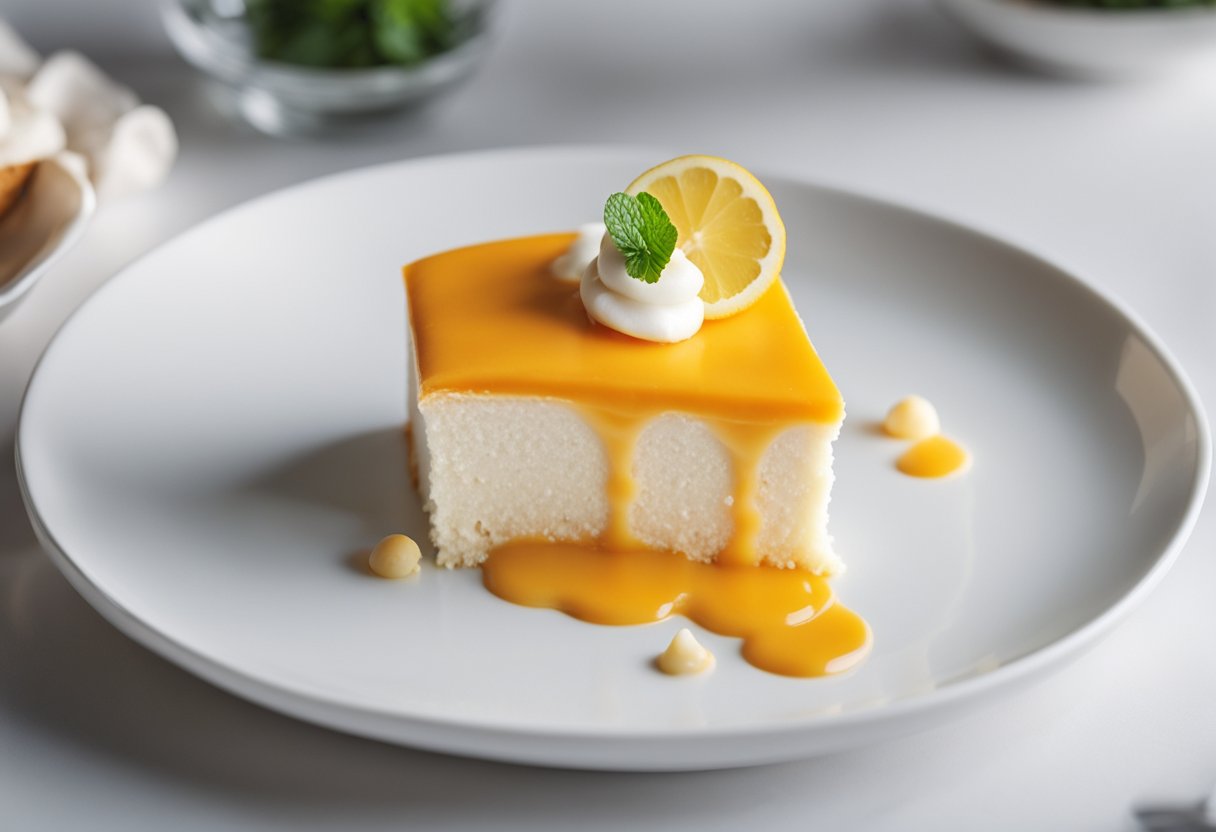
What is fondant made of?
Fondant is a type of icing that is typically made from sugar, water, and gelatin. It can also include other ingredients like corn syrup, glycerin, and flavorings. There are two types of fondant that are commonly used in cake decorating: poured fondant and rolled fondant.
Poured fondant is more liquid and is often used as a filling or coating, while rolled fondant is more solid and is used to cover cakes.
Does fondant have a taste?
Fondant itself does not have a strong flavor. It is primarily used for its smooth texture and ability to be molded into different shapes.
However, some people do describe the taste of fondant as sweet and slightly marshmallow-like. The flavor of fondant can also be influenced by the type of flavorings that are added, such as vanilla or almond extract.
Are you supposed to eat the fondant on a cake?
While fondant is edible, it is not always meant to be eaten. Many people prefer to peel off the fondant layer on a cake before eating it, as the texture can be chewy and unappetizing. However, some people do enjoy the taste and texture of fondant and choose to eat it along with the cake.
What tastes better fondant or buttercream?
The choice between fondant and buttercream largely comes down to personal preference. Fondant is often preferred for its smooth and polished appearance, while buttercream is favored for its creamy and rich flavor.
Some people find fondant to be too sweet and prefer the taste of buttercream, while others enjoy the unique texture and flavor of fondant.
Does marshmallow fondant taste good?
Marshmallow fondant is a popular alternative to traditional fondant, as it is made with marshmallows instead of gelatin. Many people find that marshmallow fondant has a more pleasant taste and texture than traditional fondant, as it is less chewy and has a slightly sweet flavor.
However, the taste of marshmallow fondant can also vary depending on the type of marshmallows used and the additional flavorings added.
Fondant alternative.
If you are not a fan of fondant, there are several alternatives that you can use to decorate cakes. Buttercream is a popular option, as it can be easily piped into different designs and has a delicious flavor.
Whipped cream and cream cheese frosting are also great alternatives, as they have a light and fluffy texture that complements many types of cakes.





